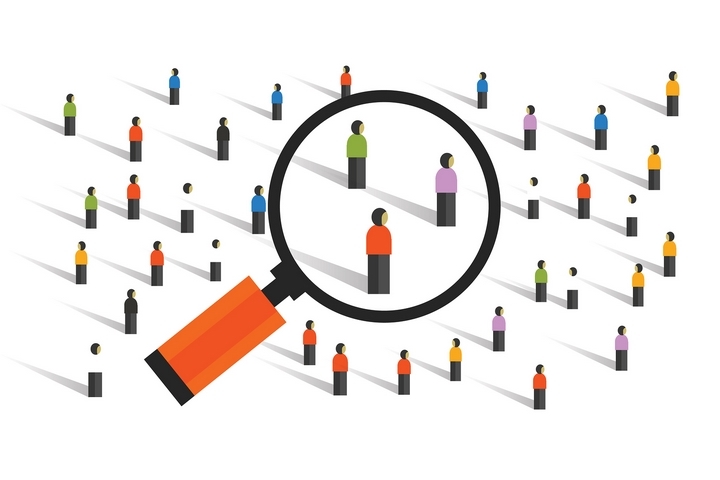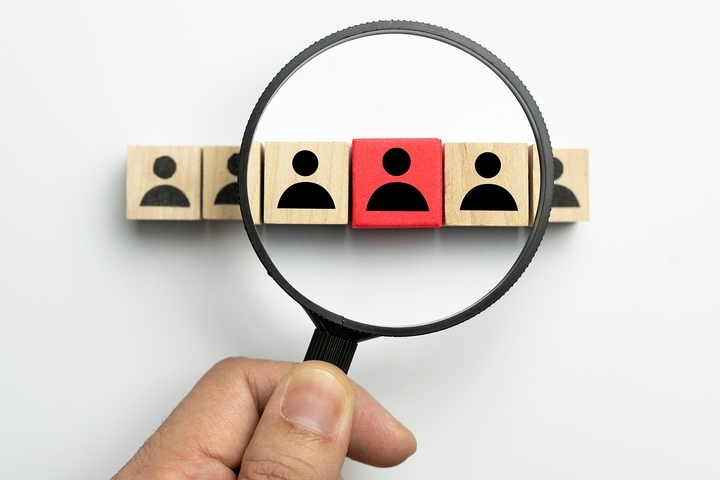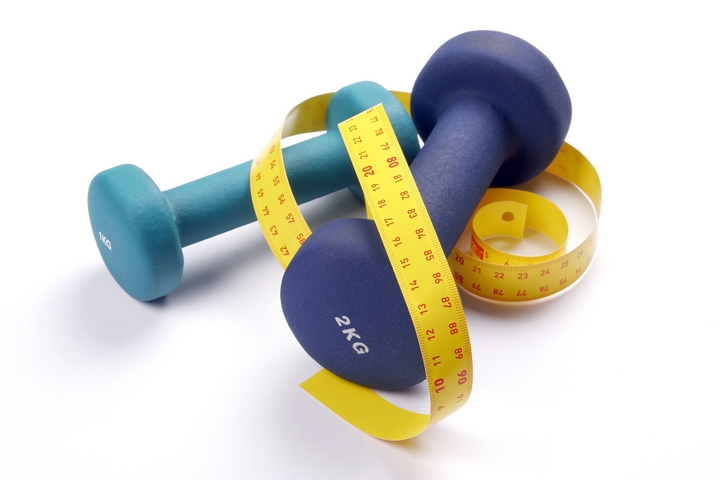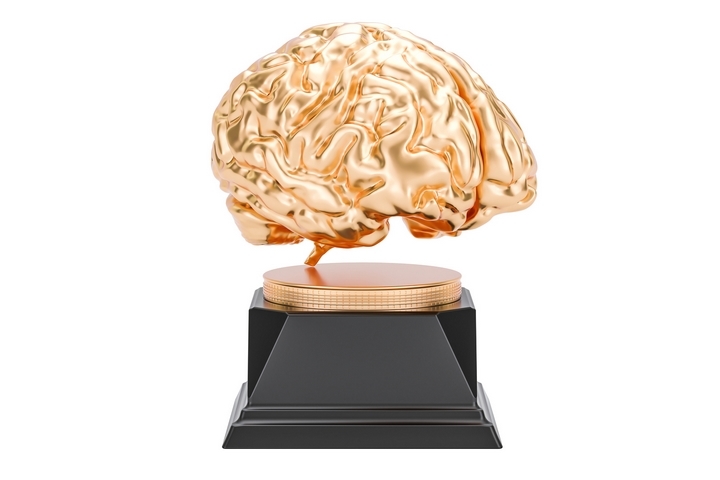
How do you come up with a great design idea? The answer – you put the human being first. The customer. The end-user. The person that will be using what you create. This applies to anything creative, innovative, or business-oriented.
Human centered design practices promote the innovating of ideas based on how well they apply to the target user. This consistently results in a more efficient solution that is best for the user as opposed to being what’s best for business, profitability, or individual ego.
Here are the seven important human centered design practices:
1. Find The Human In Your ‘User’

A lot of what is discussed here and elsewhere on design thinking uses the term ‘end-user. You have to find the ‘human’ in the user. Empathize with them. Talk with them. Know their motivations and values. Create a profile on who this person is, how they spend their time, and not necessarily what a problem is but how it impacts them and why a solution would matter to them.
2. Find the Root Problem

Knowing the root of the problem is an essential part in every human centered design practice. When you craft a solution through human-centered design practices, it all sprouts from the seed of a problem. Regarding your problem statement, phrase it like a question.
Try to boil down a problem to its bare bones and what the root is. This is where your solutions will build from. Often, with human beings, at the core of an issue is something emotional and meaningful. Empathizing with this root gets you on your journey towards a definitive design.
3. Be the Observer in The Real World

Don’t assume. Talk to real people. Listen and observe. It might mean talking to them directly or watching them interact in a specific environment. You don’t necessarily need to have all the answers, but observation is a key piece of the puzzle in human-centered design. It helps you to understand more the target user you are aiming at.
4. Gather Ideas from Everywhere

If you had a design solution that worked, you wouldn’t be tackling human-centered design practices again, so be open. Accept ideas from everywhere. No matter how dumb an idea may initially appear, write it down. Set it aside for later. When the time comes to tackle an idea, run it through a stringent process and really give it an honest look. Weigh its pros and cons all according to how the end-user human being would see it.
5. Test Ideas in Front of Real People

Again, we want to eliminate any assumptions in human-centered design. A designer turns to an observer here. Let’s say you come up with 25 ideas. You might narrow those down to three prototypes. Take those top three ideas and put them in front of real people. Once again, observe. See what these test users think, how they feel about a design, and see if it brings up other problems that may need to be analyzed.
6. Identify Other Human Beings

You may have a specific user in mind but keep in mind your design may find its way into others’ hands. Consider who else may use your design. You may discover other aspects of design that are overlooked. Even what can seem like very simple design changes, from shape to color to the process of use, can drastically alter its appeal to others.
7. If It Doesn’t Work, It Doesn’t Work

You cannot force an idea onto a person. It either works for them or it doesn’t. In human-centered design practices, your job is to empathize with the human being to such a degree that their perspective guides the process of arriving at the right solution for the problem. Any profitability aim or individual ego has to be left behind, and instead, you’re focusing strictly on human beings.












